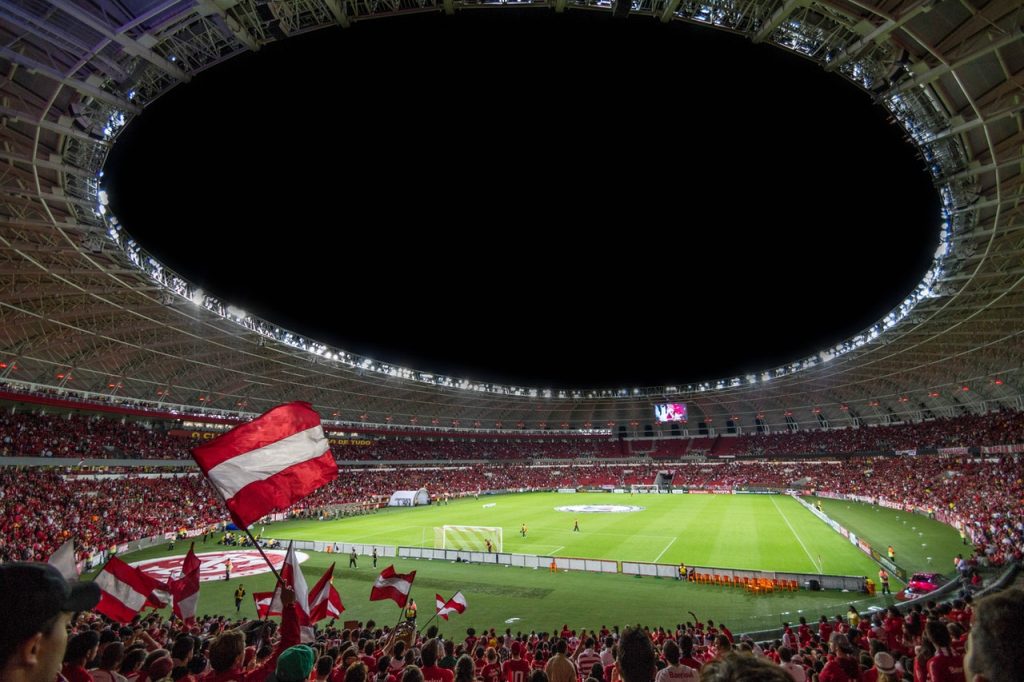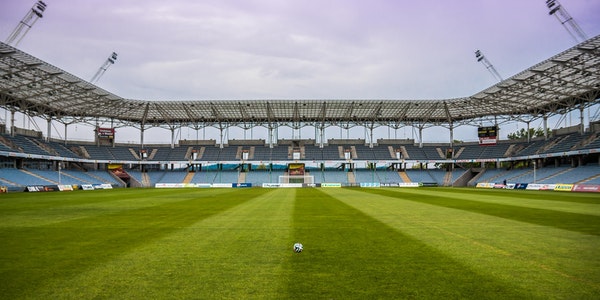1. The Development of LED
From the discovery of the phenomenon that semiconductor materials can emit light after being energized in 1907, to the use of high-brightness LED lamps today, the rapid development of LED lighting technology has brought tremendous changes to people’s lives. The following is a brief introduction to the development of LEDs.
(1) Types and development history of monochromatic LEDs.
The earliest LED light source made using GaAsP material and applying the principle of semiconductor P-N junction light emission was in the early 1960s and could only emit red light. By the mid-1970s, LEDs developed into green, yellow and orange light. In the early 1980s, the luminous brightness was greatly enhanced.
(2) The development of composite light LED.
The LED has gone through three stages from red LED to blue LED and white LED. Both red light and green light are monochromatic LEDs.
White LED appeared in 1996 and officially launched on the market in 1998. It marks the use of composite white LEDs and also pushes the development of LED lighting to a new starting point.
(3) The rapid development of white LEDs.
With the continuous advancement of technology, the development of white LEDs has been quite rapid in recent years. The luminous efficiency of white LEDs greatly exceeds that of incandescent lamps. Now, high-brightness LEDs are also used in applications requiring high-brightness, such as car high beams.
2. Application of High-brightness LED
High-brightness LEDs are widely used in various fields due to their advantages of long life, shock resistance, high efficiency, and good control of the light source. For example: automotive electronics, traffic lights, backlight, architectural lighting, decoration, etc.
With the increase in brightness and the decrease in price, ultra-bright LEDs have developed rapidly. As a new type of high-efficiency solid-state light source, LED has great potential. It was another leap in the history of lighting after incandescent lamps and fluorescent lamps, and triggered the third lighting revolution. Its economic benefits and social significance are huge.
We believe that LE lighting, with its unique charm, will surely enter thousands of households in the near future, completely replacing traditional lighting. It is especially widely used in the field of automotive electronics, such as automotive dashboards, taillights, indicator lights, high-position brake lights, reversing lights, and interior lighting.
3. The Light-emitting Principle of High-brightness LED
The essence of LED is P-N junction. The terminal voltage has a certain potential barrier. When a forward voltage is applied to the LED, the potential barrier drops, and the electrons in the P and N regions diffuse each other. The mobility of holes is much lower than that of electrons, so a large number of electrons diffuse into the P region, and very little are injected into the P region. The holes in the valence band recombine with electrons, and the energy obtained is released in the form of light energy. This is the light-emitting principle of LED.
4. High-brightness LED Light Drive Circuit
Usually we divide LED driver power supply into two types: DC-DC and AC-DC. DC-DC drives are usually powered by batteries, accumulators or regulated power supplies and are used in portable products. The AC-DC drives of industrial and mining lamps, automobiles and other equipment are directly powered by the mains. At this stage, consumers often use LED lights for decoration and landscape lighting.
(1) Charge pump circuit.
The capacitive charge pump realizes voltage conversion through a switch array, an oscillator, a logic circuit, and a comparison controller. The charge pump circuit can be composed of a step-up or step-down structure. Since the capacitive switch conversion circuit mainly uses capacitors to store and transfer energy, it has a limited output voltage range, and it can only be stepped by level, and the efficiency is not high. Suitable for small power occasions.
(2) Inductive DC-DC circuit.
The inductive DC-DC switch conversion circuit is the most efficient structure in energy conversion, which can reach more than 75%. It is especially suitable for driving circuits of high-power LEDs. It mainly relies on the high-speed switching of the switch between the two circuit structures. And the energy stores and transfers between the devices to obtain the required output, which has a very high efficiency.
(3) Power frequency transformer step-down AC-DC circuit
The circuit consists of a power frequency transformer, a bridge rectifier and an output filter capacitor. This kind of circuit structure is relatively simple, but the volume is large, the output capacity is unstable. We can connect it in series with a linear regulator or current regulator, which can provide a voltage or current adjustment rate of about ±5%. But it will reduce drive efficiency.
(4) Capacitor step-down circuit.
This circuit structure is also relatively simple, and the current stability is also relatively good. However, the AC capacitor is still very large, not suitable for high-current LED driving, and the efficiency is not high.
(5) RCC drive circuit.
The RCC circuit works in a critical inductor current control mode with variable frequency. The control circuit does not need to integrate a control chip. In addition to the above-mentioned circuits, there are also monolithic switching circuits, Buck step-down drive circuits and other circuits to choose from.
(6) Dimming mode.
For high-brightness LED drive power supplies, dimming is an important function in order to save and protect the environment. There are two common LED dimming methods: analog dimming and PWM dimming. Analog dimming is to control the amount of current flowing through the LED string. This may cause the voltage of the LED string to drop, causing a slight color difference.
The PWM dimming method is to turn on and turn off the LED with different on-time percentages from 0% to 100% at certain frequencies greater than 200 Hz. During the on period, the LED works at full current, and no current flows through the LED during the off period. This ensures color consistency. PWM dimming is the future trend.
5. Precautions for LED Lights
Although LED has many advantages, it also has its own disadvantages. Since the LED has no infrared and ultraviolet radiation, the energy consumed by the LED is almost all heat energy except for conversion into light energy. And it can only transmit in the form of heat conduction.
If the LED is allowed to work at a higher temperature for a long time, its life will be greatly reduced, and there is even a danger of burning. Since the brightness of the LED is directly proportional to the current and inversely proportional to the temperature, when the temperature of the LED rises due to unfavorable heat dissipation, it will seriously affect the brightness of the LED light. Therefore, we must consider heat dissipation in the LED.
LED is a kind of light source with extremely long service life (up to 50,000 hours), and it needs to provide proper protection for LED. Because occasionally LED will fail, such as due to local assembly defects or transient phenomena, etc. may lead to failure. Preventive measures must be provided for these possible failures.
6. Development Prospects of High-brightness LED Lights
The power-saving efficiency of LED has replaced traditional lighting. And LED lighting industry regard RGB high-brightness LED as the most potential hot application. Therefore, the rapid development of the LED driver IC industry has also put forward specific requirements for the design of LED driver ICs.
First of all, we should improve the overall efficiency of the LED solution greatly , and reduce the energy requirements.
Second, it must provide higher performance advantages than incandescent lamps. For example, in industrial applications, it includes various applications ranging from high-power internal and external lighting to driving laser diodes for cutting and raw material shaping. All of these applications require a significant reduction in the required power consumption. But they also require very specific performance improvements.




